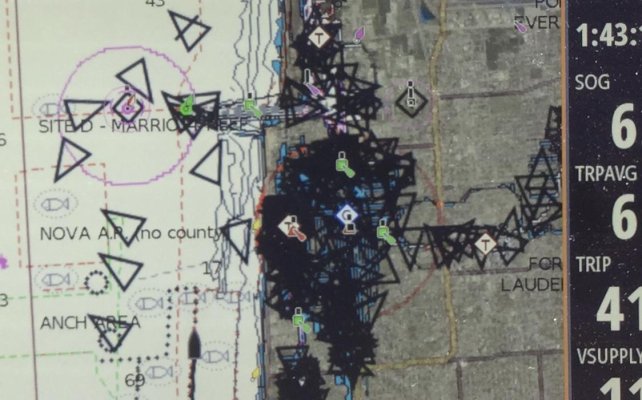Uh, nope. The prime directive is to take whatever action is required to avoid collision even if that means violating other parts of the COLREGS. Not sure how the insurance company would deal with that, but....
This is a repost of #145
Rule 17 though is what tells you what to do....
RULE 17
Action by Stand-on Vessel
(a)
(i) Where one of two vessels is to keep out of the way the other shall
keep her course and speed.
(ii) The latter vessel may however take action to avoid collision by her
maneuver alone, as soon as it becomes apparent to her that the vessel
required to keep out of the way is not taking appropriate action in
compliance with these Rules.
(b) When, from any cause, the vessel required to keep her course and
speed finds herself so close that collision cannot be avoided by the action of
the give-way vessel alone, she shall take such action as will best aid to
avoid collision.
(c) A power-driven vessel which takes action in a crossing situation in
accordance with subparagraph (a)(ii) of this Rule to avoid collision with
another power-driven vessel shall, if the circumstances of the case admit,
not alter course to port for a vessel on her own port side.
(d) This Rule does not relieve the give-way vessel of her obligation to keep
out of the way.


